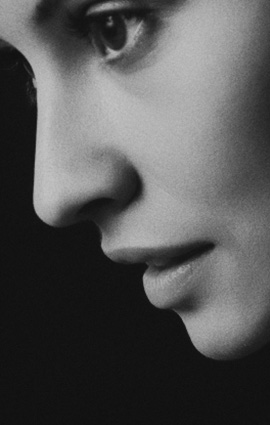Treatment face
Rhinoplasty (Including Preservation Rhinoplasty)
Rhinoplasty, commonly referred to as a ‘nose job’, is a surgical procedure designed to reshape and enhance the structure of the nose.
Search
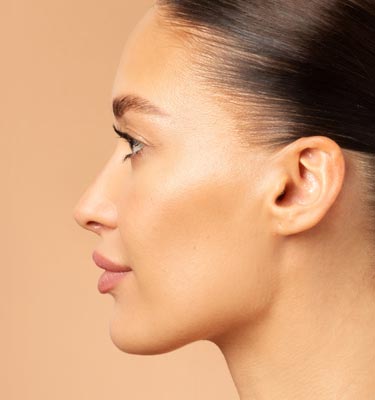
Treatment face
Rhinoplasty, commonly referred to as a ‘nose job’, is a surgical procedure designed to reshape and enhance the structure of the nose.
At a glance
Expected Results
Improved nasal shape, function and self-esteem
Treatment Time
2-3 hours
Anaesthesia
General anaesthetic
Recovery Time
2 weeks
Return to Work
2 weeks
Frequency
Single procedure, permanent results
Treatment Overview
Rhinoplasty, commonly referred to as a ‘nose job’, is a surgical procedure designed to reshape and enhance the structure of the nose.
It is one of the most sought-after aesthetic surgeries, addressing both aesthetic and functional issues. Rhinoplasty can correct a range of conditions, including a bump on the nasal bridge, a crooked or asymmetrical nose, overly large or small nostrils, and breathing difficulties caused by structural abnormalities such as a deviated septum.
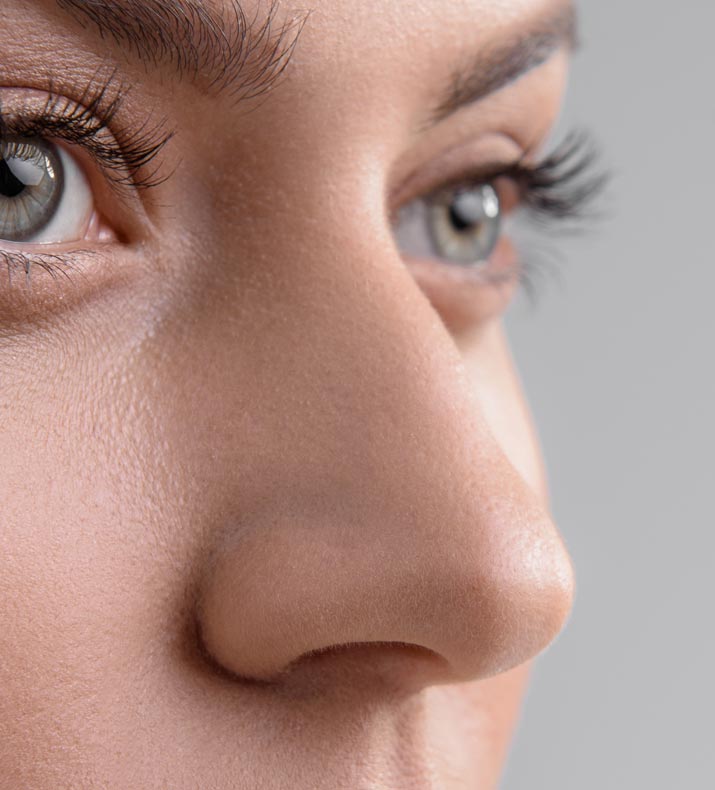

About Rhinoplasty
Patients request Mr Paul Wilson for rhinoplasty surgery because of his exceptional surgical skill, artistic precision, and commitment to patient satisfaction. He tailors each procedure to the individual’s unique facial features, ensuring harmonious, natural-looking results. Mr Wilson is renowned for his meticulous approach, advanced techniques, and ability to combine aesthetic refinement with functional improvement.
Whether you’re seeking to enhance your confidence with a nose that better complements your face or to resolve issues affecting your breathing, Mr Wilson’s expertise makes him the trusted choice for rhinoplasty. His focus on patient care, safety, and achieving outstanding results ensures you are in capable hands every step of the way.
The nose may become irregular, deformed or experience functional difficulties due to genetics, injury or structural issues such as a deviated septum. Over time, ageing or previous surgeries can also contribute to changes in nasal shape or function. These irregularities can significantly impact an individual’s quality of life, causing breathing difficulties, chronic congestion, sinusitis or snoring. Aesthetically, nasal asymmetry or a pronounced bump can affect facial harmony and self-confidence. Functional impairments may interfere with daily activities, such as exercise or sleep, making professional evaluation and treatment essential for both aesthetic and health-related improvements.
The procedure begins with a comprehensive consultation, during which Mr Wilson assesses your nasal structure, discusses your desired outcome, and plans the surgery to achieve balanced, natural-looking results. Rhinoplasty is typically performed under general anaesthesia and takes between 2-3 hours, depending on the complexity of the case.
The technique used for surgery will be tailored to the individual’s circumstances. A closed rhinoplasty involves incisions being made inside the nostrils, leaving no visible scars. This method is often used for minor adjustments to nasal shape or size. With an open rhinoplasty, an additional small incision is made across the columella (the strip of tissue between the nostrils). This approach provides greater access for more complex corrections, such as reshaping the nasal tip or addressing significant asymmetry.
Depending on your goals, Mr Wilson may remove or reshape bone and cartilage to create a smoother, more symmetrical profile. For patients requiring augmentation, grafts from cartilage (usually from the septum or ear) may be used to build up the structure.
Rhinoplasty can address breathing issues by straightening a deviated septum, reducing enlarged turbinates, or correcting structural blockages within the nasal passages.
Once the desired nasal shape and functionality are achieved, the incisions are closed with fine sutures. If the open technique is used, the incision is meticulously stitched to minimise scarring. A nasal splint is applied to support the new shape during the healing process. Swelling and bruising around the nose and eyes are common but gradually subside over the following weeks.

Benefits
Key benefits of rhinoplasty include:
 Book a consultation now
Book a consultation now
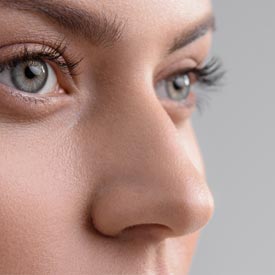
Post-Operative Recovery
The recovery period after rhinoplasty requires some patience as your nose settles into its new shape. Nasal splints and dressings are typically removed after 7-10 days. Swelling and bruising around the eyes will still be noticeable during the first two weeks thereafter improves over time. Mild discomfort is common and can be managed with pain relieving medication. Most patients only requires paracetamol and a nasal spray to ease congestion.
Most patients can return to non-strenuous activities within 1-2 weeks, with external swelling continuing to diminish over the following months. While noticeable improvements are visible within the first month, the final results of rhinoplasty can take up to a year to fully emerge as swelling completely subsides.
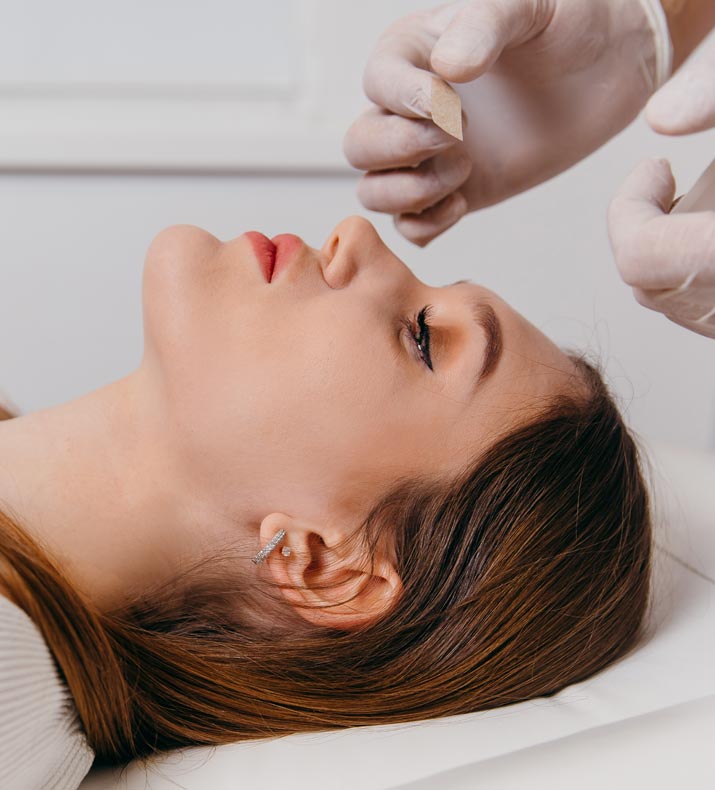
Fees
The cost of each rhinoplasty is tailored to the individual procedure.

FAQ
Rhinoplasty is considered a safe procedure when performed by a qualified and experienced surgeon like Mr Paul Wilson. As with any surgery, there are risks such as infection, bleeding, or adverse reactions to anaesthesia. However, these are rare and minimised through advanced techniques and strict safety protocols. Mr Wilson carefully evaluates each patient’s health and suitability for surgery to ensure the best possible outcome. Choosing a skilled surgeon with expertise in both aesthetic and functional rhinoplasty greatly enhances safety and long-term satisfaction with the results.
Patients typically report minimal pain after rhinoplasty. Discomfort, if any, is more commonly associated with swelling, bruising, or a feeling of congestion due to nasal packing or splints. These symptoms are temporary and can be effectively managed with prescribed pain relief. Mr Wilson prioritises patient comfort by using advanced techniques that minimise trauma to the nasal tissues. Most patients find the recovery process manageable and agree that the results are worth the brief period of discomfort.
Common side effects include swelling, bruising around the nose and eyes, mild discomfort, and temporary nasal congestion for a brief period of time. These typically resolve within 1-2 weeks. Less common risks include scarring, infection, or minor asymmetry, which are uncommon when the procedure is performed by a skilled surgeon like Mr Wilson. Following aftercare instructions and attending scheduled follow-ups help ensure optimal healing and results. Mr Wilson will discuss all potential side effects and risks during your consultation to ensure you feel informed and prepared.
After rhinoplasty, patients are advised to keep their head elevated, avoid strenuous activities, and protect the nose from bumps or pressure. The nasal splint and any internal packing are typically removed within 7-10 days. Swelling and bruising can be minimised with cold compresses and rest. Avoid blowing your nose or wearing glasses that rest on the bridge for several weeks. Mr Wilson provides detailed aftercare instructions and is available to address any concerns during your recovery process. You will be given antibiotics during your procedure and nasal decongestants and saline spray following your procedure.
Follow-up appointments are crucial to monitor your healing and ensure the best results. Typically, your first follow-up will be 7-10 days post-surgery to remove the splint and assess initial progress. Subsequent appointments may be scheduled at 1 month, 3 months, 6 months, and 1 year after surgery. These visits allow Mr Wilson to track your recovery, address any concerns, and evaluate the final outcome as swelling subsides. Personalised follow-up schedules may vary depending on your unique case.

Schedule your consultation
Embark on your journey to a more confident you. Contact Mr Paul Wilson today to schedule your initial consultation and learn more about how his expertise can make a lasting, positive change. He also offers complimentary Zoom video consultations for your convenience.
